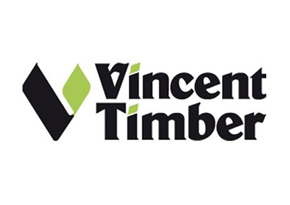Birch, European
Latin name: Betula pendula, Betula pubescens
Also known as: European birch, Silver birch, White birch
Wood Type:
Hardwood
Durability:
Not durable
Treatability:
Moderately easy
Moisture Movement:
Large
Density (mean, Kg/m³):
670
Texture:
Fine
Availability:
Readily available at timber merchant
Price:
Low
Use(s):
Furniture
Colour(s):
Light brown

Environmental
Not listed in CITES. Believed available from well-managed sources. Check certification status with suppliers.
Distribution
Birch is found throughout Europe, including the British Isles. It penetrates farther north than any other broad-leaved tree, being found in Lapland, and it will grow where it is subject to great heat just as well as it will endure extreme cold. It extends from Scandinavia and northern Europe down to central Spain, and throughout the British Isles.
The tree
Two forms are recognised, Betula pendula (silver or white birch), and B. pubescens (common birch). Silver birch is the form with rough bark at its base, the branches drooping, twigs warty, leaves short-pointed and smooth, as distinct from common birch with its smooth, often reddish bark at the base, branches closer and more horizontal, and twigs and leaves softly hairy.
The timber
There is no distinct heartwood, the wood being whitish to pale brown, without conspicuous features, fairly straight grained, fine-textured, and weighing about 670 kg/m³ when dried. Despite the normally featureless appearance of birch, changes in appearance occasionally take place due to beetle attack. An insect known as Agromyzia carbonaria is usually responsible, its larvae burrowing in the cambium of the tree create what are known as pith flecks, pith-like cells which cause dark markings in the wood, and localized grain disturbances. Logs that have been severely attacked, when rotary peeled, can produce highly decorative veneer known as masur birch, the irregular dark markings appearing to stand out in relief against the silky white background. Flame birch and curly birch veneer is likewise created by grain deviations.
Drying
Birch air dries and kiln dries fairly quickly without undue difficulty beyond a tendency to warp. It should be dried quickly after conversion in order to avoid fungal discolouration, or decay.
Strength
The dried timber is similar to oak in most strength properties, and superior to that timber in compression along the grain, stiffness and toughness.
Working qualities
Good - Works fairly easily but is inclined to be woolly. It can be planed and moulded to a good clean surface, and can be glued, stained and polished satisfactorily, and is a good turnery wood.
Suppliers |
|
|---|---|
International Timber
|
|
NHG Timber Limited
|
|
Stourhead (Western) Estate
|
|
Suppliers |
|
|---|---|
Stourhead (Western) Estate
|
|
NHG Timber Limited
|
|
International Timber
|
|



















